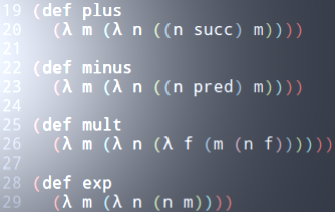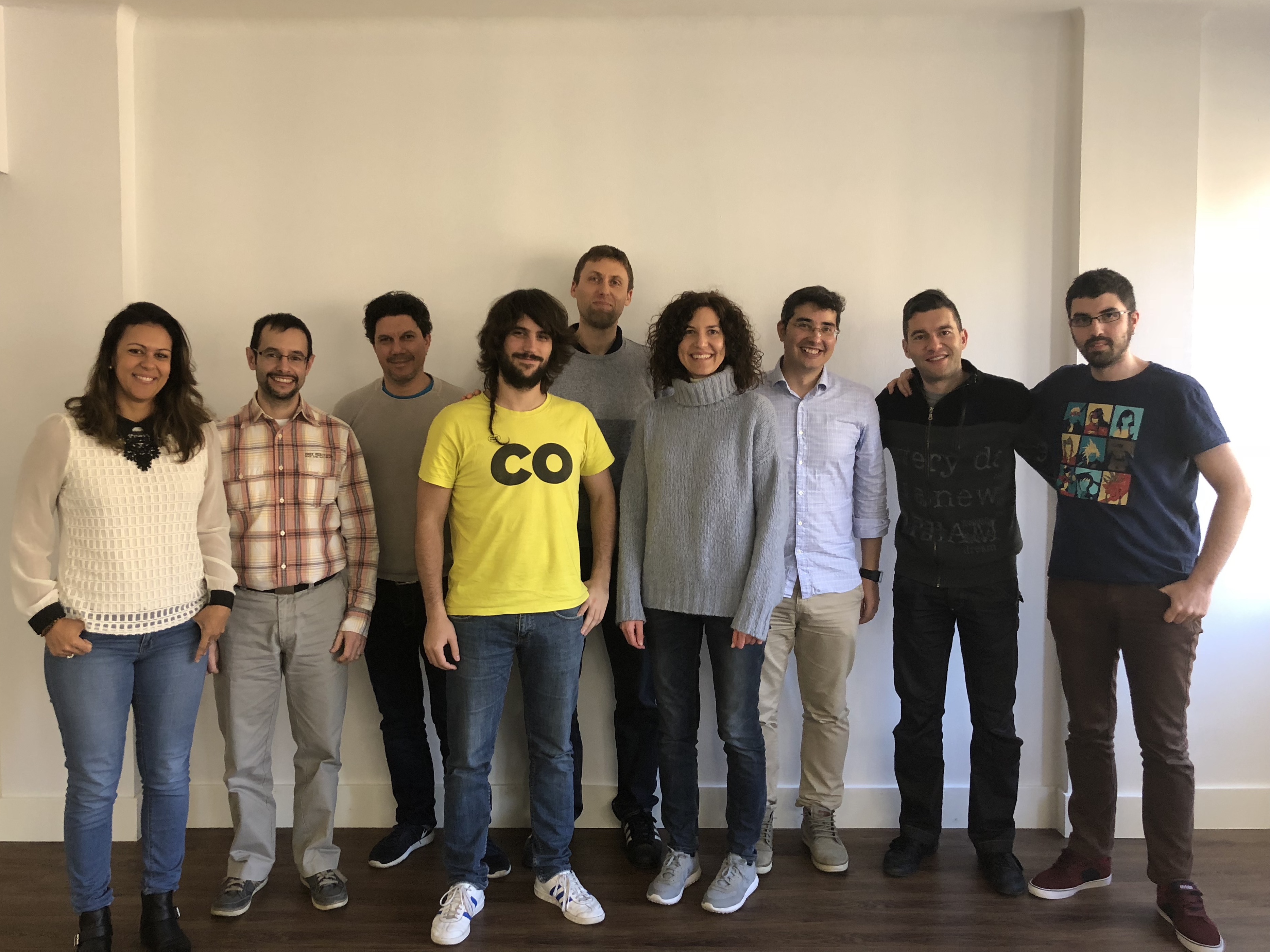CAREER OPEN HOUSE | 31st Jan, 7pm
We’re hiring Java and .NET Craftspeople in London & Barcelona. Come and meet us at our Career Open House on 31st January to learn more.
Tell don't ask
- By Mashooq Badar
- Posted 27 Jul 2014
- tdd design
Tell don't ask we have all heard it. Yet it is one of the most violated principles. It is also one of the most important principles to follow if you want a design that is flexible to change.
I have often heard people say, "... but it makes Test driving very hard". I disagree - what it does is stop you from testing at too granular a level and focus on testing behaviours rather than interactions.
Enough postulating ... here is an example taken from my current work. You have an interface to an external system - you have nicely encapsulated it into your own class and throw an exception if, for example, there are infra level issues. Once the exception is raised - you let it percolate to the top and create an alert to inform operations.
The diagram below depicts a more usual approach I've seen:
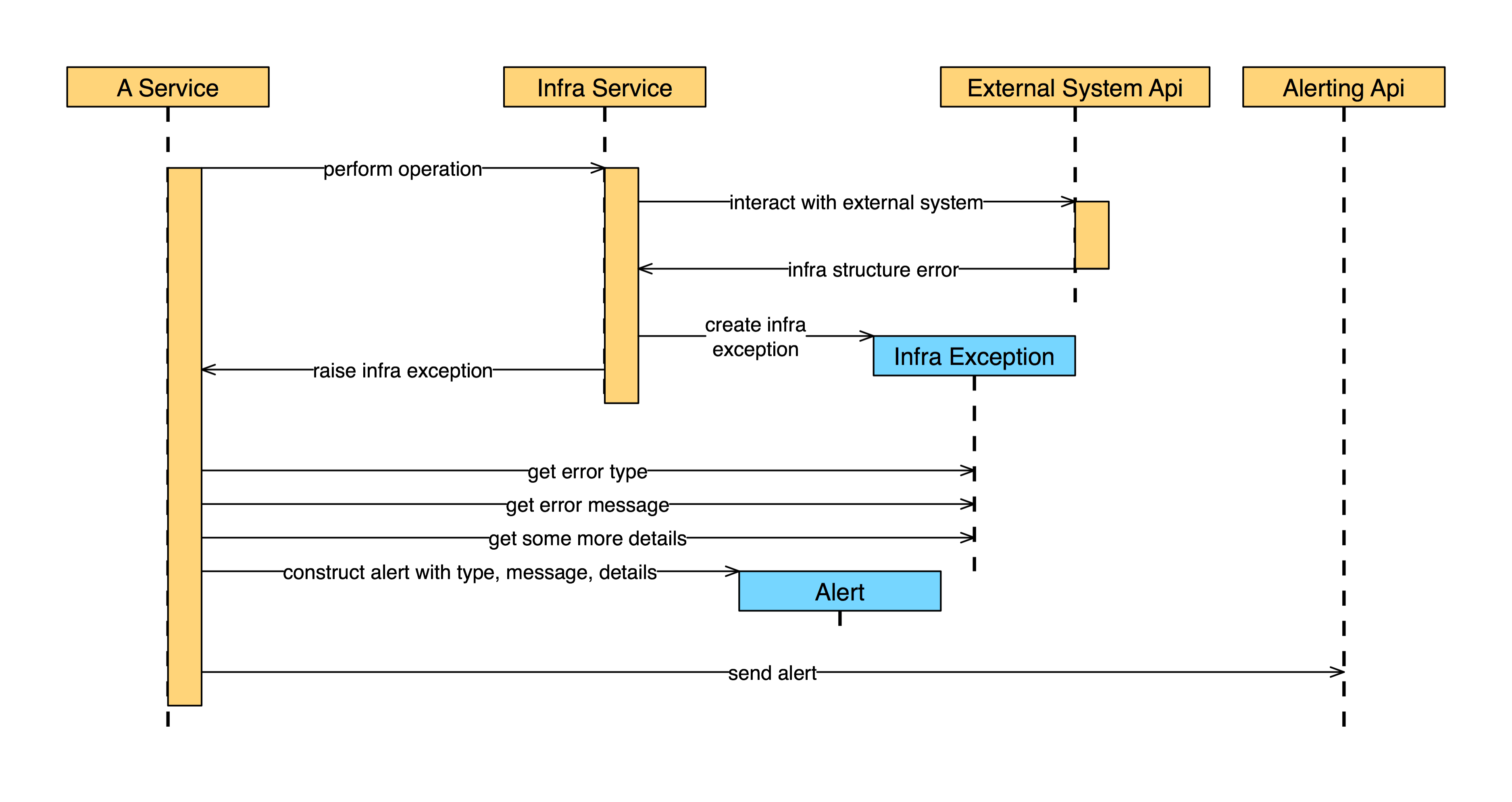
Chances are that we test drove the Infra Service knowing that it needs to have all the right details required for us to raise the Alert. However, we are not testing that the right Alert is created because that is not the responsibility of the Infra Service. Hence we poke a few holes in the Infra Exception class and assert that the exception is created with the right details.
Once we move to implementing the A Service we have all the relevant details exposed from the exception so we retrieve these details and create the Alert. Interesting that the real behaviour here is:
create alert with the right details if there is an infra error
not
create exception with the right details if there is an infra error and then create alert from exception with the right details
Now lets looks at the alternative. Lets say we drove the test from the outside, i.e. A Service, and did not mock the Infra Service but instead mocked the External System API.
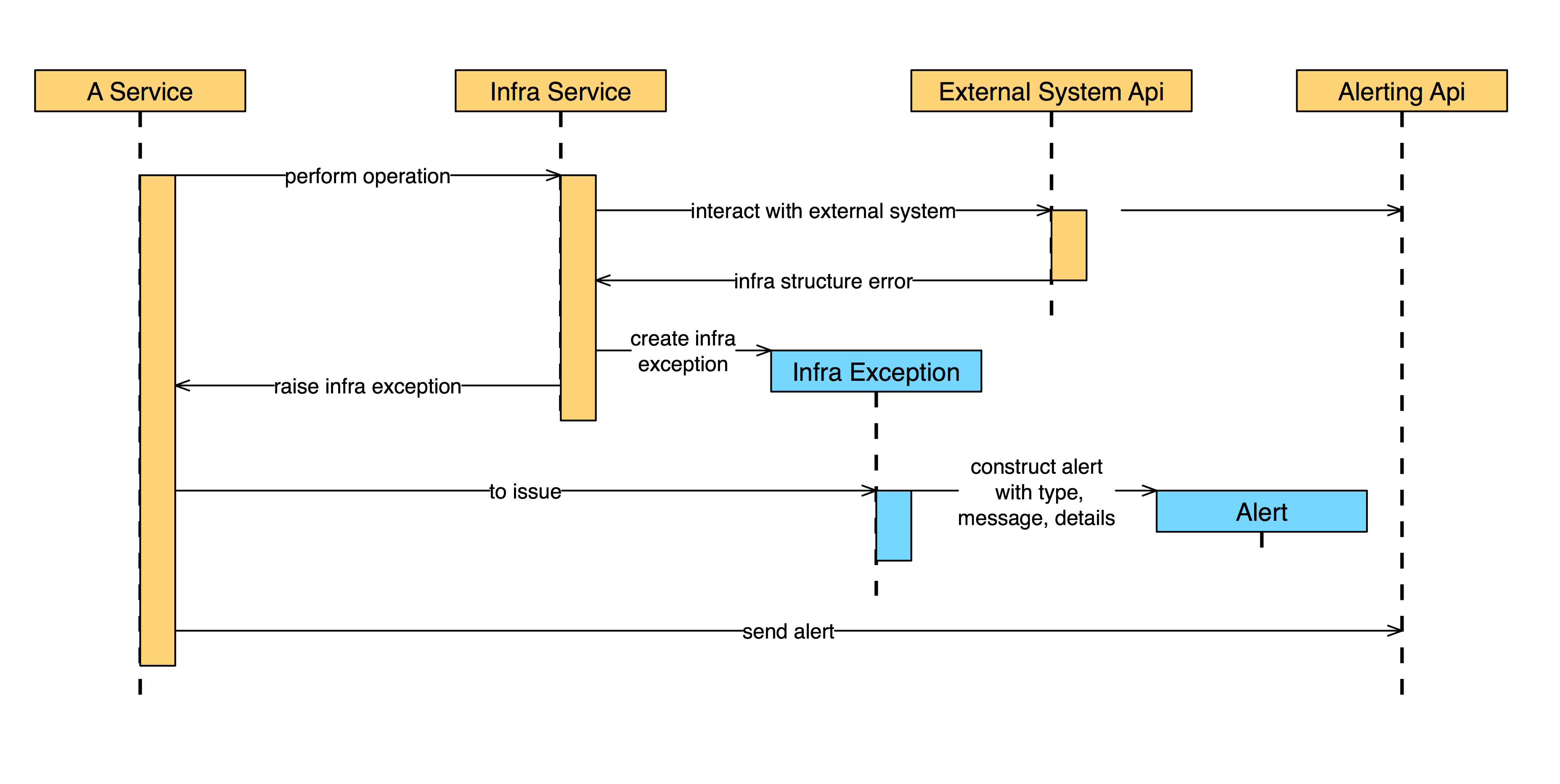
We end up with a tell-don't-ask approach where we are testing that the right Alert is created when there is an infra error. We also end up with fewer interactions and a more flexible design. If for example we decided to encapsulate the external system some other way, our tests will not need to change.
Although testing at this level provides us with far less brittle tests, the disadvantage is that parts of the implementation is further way. On the other hand there are far fewer reasons why a test may break during refactoring.
Finding the right level to test is not a science. We need to take complexity of the unit-under-test into account. The rule of the thumb is that we should test from outside and mock external boundaries until the tests get too complex and only then get more granular for the more complex parts striving to maintain flexible tests and simple design.
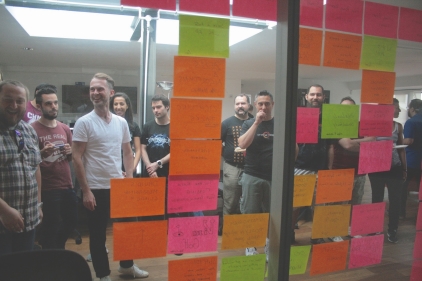
We're hiring!
Enjoying this article?
Related Blogs
We did it wrong, but not all was in vain
- Sandro Mancuso
Approaching Outside-in TDD on Android III
- Carlos Morera de la Chica
Approaching Outside-in TDD on Android II
- Carlos Morera de la Chica
Approaching Outside-in TDD on Android I
- Carlos Morera de la Chica
Does TDD really lead to good design?
- Sandro Mancuso
Code Smells – Part I
- Ana Nogal
Thinking in Abstractions
- Mashooq Badar
Recent Blogs
Lambda Calculus in Clojure (Part 2)
- Sergio Rodrigo Royo
One Year of Codurance Barcelona
- Guillem Fernandez
Functions
- Christian Panadero Martinez
Applicative Functors and data validation, part II
- Carlos Morera de la Chica
Living a Coderetreat as a facilitator
- Raquel M Carmena
Tetris - Failed Experiment: Next Steps
- Dan Cohen

Software is our passion.
We are software craftspeople. We build well-crafted software for our clients, we help developers to get better at their craft through training, coaching and mentoring, and we help companies get better at delivering software.
Latest Blogs
One Year of Codurance Barcelona...
Functions
Useful Links
Contact Us
London EC1V 0JR
Phone: +44 207 4902967
Carrer Aragó, 208
08011, Barcelona
Phone: +34 689 723 737
Email: hello@codurance.com








